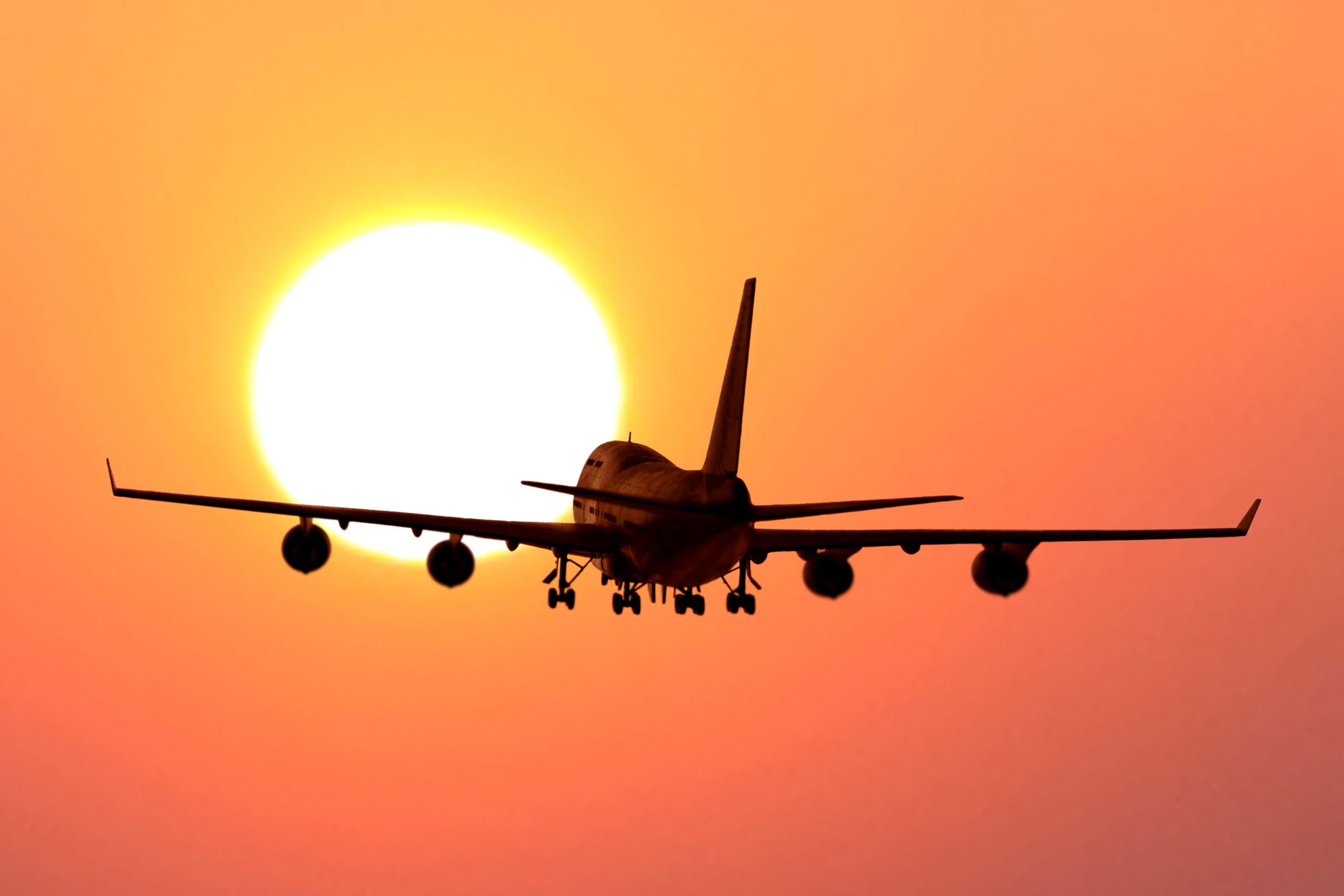This week marked the final handover of the final Boeing 747 to be produced, closing a chapter that lasted over five decades amid the program's long-lasting history. As we look back at the story and operations of the Queen of the Skies, we thought we'd take a look at the behemoth's overall abilities.
Airlines around the world have been overwhelmingly choosing twin-engine jets as their long-haul aircraft of choice when it comes to intercontinental operations. This has been made possible through advancements in the durability and reliability of jet engines - allowing most aircraft to operate with only one engine for around three hours to get to the nearest airport. That's the case for twinjet operations. Yet, in the unlikely emergency scenario that a Boeing 747 would have to fly on one engine, what would it be capable of?
1982: The flight of BA9
It was back in 1982 when a British Airways 747 flew into a cloud of volcanic ash over Indonesia. Due to the airborne particles ingested, all four engines shut off. Technology.org quotes the captain as saying:
“Ladies and gentlemen, this is your captain speaking. We have a small problem. All four engines have stopped. We are doing our damnedest to get them going again. I trust you are not in too much distress”.
With all four engines not functioning, the aircraft began to glide down toward the earth. Thankfully, one engine eventually regained function as the plane descended. While this wasn't enough for the aircraft to gain altitude, it was helpful in slowing its descent.
A second engine eventually came back to life, and the plane is said to have regained the ability to increase altitude. When it successfully performed an emergency landing, three of four engines were running, although not at full power.
The case of BA9 was a real-world demonstration that a 747 on just one engine was still not enough to gain or even maintain altitude.
Get the latest aviation news straight to your inbox: Sign up for our newsletters today.
1989: The flight of KL867
In the case of KLM flight 867, flying from Amsterdam to Tokyo in 1989, all four engines failed. Like BA9, this was reportedly a result of volcanic ash getting into the engines. This ash is said to have turned into a glass coating inside the engines, leading to incorrect temperature readings by the engine's sensors and subsequent shutdown.
It was only after descending more than 14,000 feet (4,267 meters) that the crew could successfully restart the engines, landing the plane safely at Anchorage airport in Alaska.
Love aviation history? Discover more of our stories here.
Conclusion
While it's very clear that a 747 cannot fly properly with the failure of three engines, we can see that a single functioning engine would at least extend the aircraft's distance and prolong its time in the air. Hopefully, this would buy enough time and distance for the 747 to reach a suitable landing spot.
Still, the prowess of the 747 should not be understated. For instance, in February 2005, an engine on a British Airways 747 blew out on a flight from Los Angeles to the UK during takeoff but still carried on all the way across the Atlantic.
In the case of an emergency landing - whether at an airport, water, or otherwise, one engine would certainly be helpful in easing the vertical force of impact. With the remaining thrust provided by the one engine, the aircraft could stretch out the distance for touching down.
Thankfully, these cases are extremely rare, and there's little need to worry or think about these situations happening.
What are your thoughts about the capabilities of the Boeing 747? What do you make of the Queen of the Skies' overall journey over the years? Let us know what you think of the plane and its operations in the air in the comment section.
Source: Technology.org


